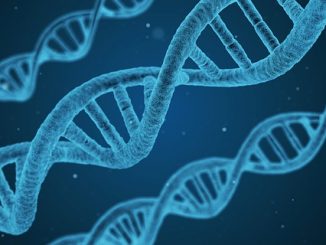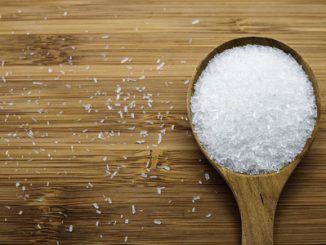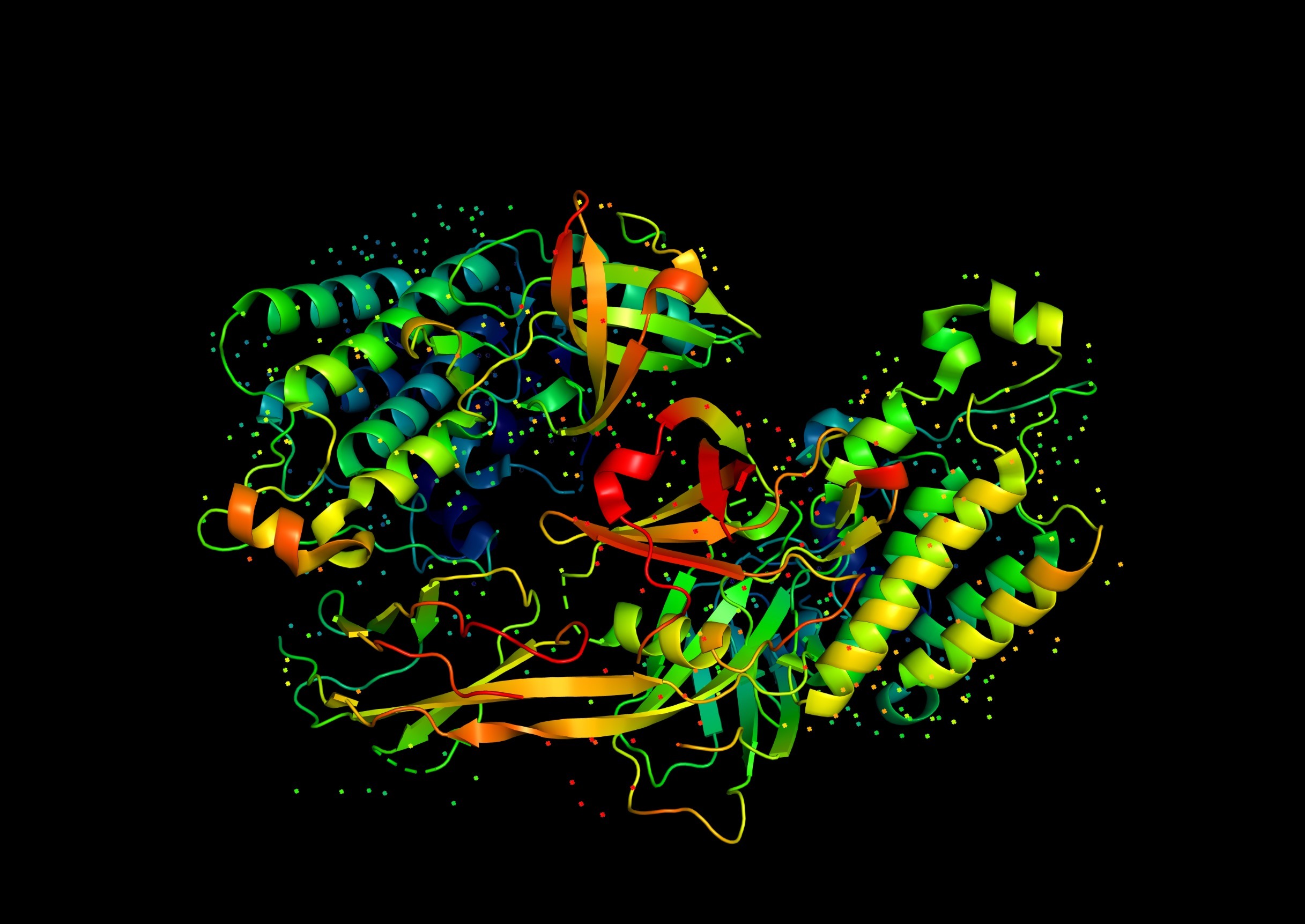
Immobilized Lipases: An Overview
Lipases (triacylglycerol hydrolases, EC 3.1.1.3) are hydrolytic enzymes that catalyze the cleavage of ester bonds in triglycerides, releasing free fatty acids and glycerol. They are […]

Lipases (triacylglycerol hydrolases, EC 3.1.1.3) are hydrolytic enzymes that catalyze the cleavage of ester bonds in triglycerides, releasing free fatty acids and glycerol. They are […]

Southern blotting is a molecular biology technique developed by Edwin Southern in 1975, designed to detect specific DNA sequences within a complex mixture of DNA. […]

Leptin is a hormone primarily produced by fat cells (adipocytes) in the body. It plays a crucial role in regulating energy balance by: Key Functions […]

Glucose-dependent insulinotropic polypeptide (GIP) is a hormone involved in the regulation of insulin secretion in response to food intake. This hormone is well reviewed by […]

Glucagon-like peptide-1 (GLP-1) is an incretin hormone, which means it’s released from the gut (intestine) in response to food and helps regulate blood glucose levels. […]

Mitochondrial oxidative stress (MOS) refers to the excessive production of reactive oxygen species (ROS) within the mitochondria, leading to potential cellular damage. Mitochondria are the […]

Proteins are the primary functional molecules of life, performing a dazzling array of roles ranging from enzymatic catalysis to structural support, from transport and signaling […]

Bacterial pathogens have evolved sophisticated mechanisms to survive within host organisms, evade immune responses, and establish persistent infections. One such strategy involves the synthesis of […]

Arginine is a semi-essential amino acid that plays critical roles in protein synthesis, nitrogen metabolism, and cell signaling in both eukaryotic and prokaryotic organisms. In […]

Proteins are the essential molecular machines of life, enabling chemical catalysis, molecular recognition, signaling, transport, and structural integrity. Their extraordinary range of functions is a […]

Proteins are remarkable biological polymers whose functions span catalysis, structural support, signaling, transport, and regulation. Their diverse roles stem from the ability of linear chains […]

Glucose is a central energy substrate and metabolic intermediate in nearly all forms of life. As the primary fuel for glycolysis, the tricarboxylic acid cycle, […]

RNA (Ribonucleic Acid) is a molecule essential to many biological processes, acting primarily as a messenger and functional molecule in cells. While it shares some […]

Non-coding RNA (ncRNA) refers to RNA molecules that are transcribed from DNA but do not encode proteins. Instead, they perform a variety of regulatory, structural, […]

Natural antifreeze mechanisms in biological cells enable certain organisms to survive and thrive in extremely low-temperature environments. These adaptations are particularly crucial in polar and […]

Lipopolysaccharides (LPS) are major structural components of the outer membrane of Gram-negative bacteria, playing critical roles in membrane integrity, immune recognition, and bacterial pathogenicity. Structurally, […]

Fluorescence microscopy is a powerful imaging technique widely used in biology, medicine, and materials science to study the structure and function of cells, tissues, and […]

Umami flavour makes for a fascinating story because of the molecular nature of this sensory sensation. For many years, it was thought to be an […]

Protein refolding refers to the process of restoring the three-dimensional shape of a protein that has been unfolded or denatured. Proteins are large molecules that […]

Enzymes are biological catalysts that accelerate chemical reactions essential to life. Among the many regulatory mechanisms controlling enzyme activity, allosterism—the modulation of enzyme function through […]
Copyright © 2025 | WordPress Theme by MH Themes